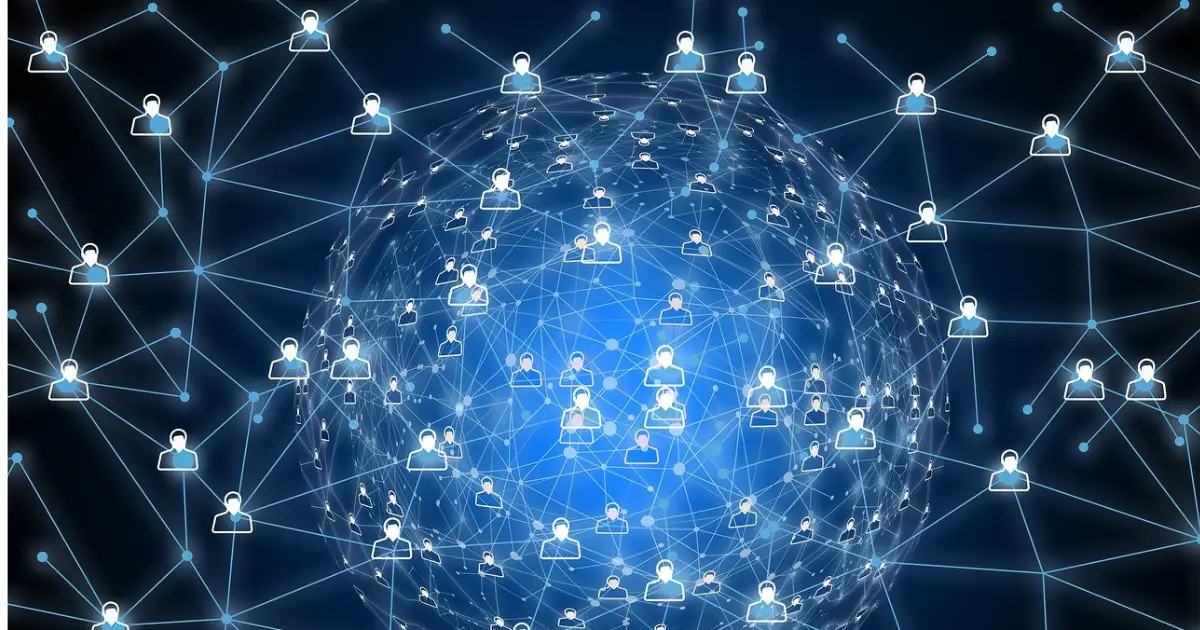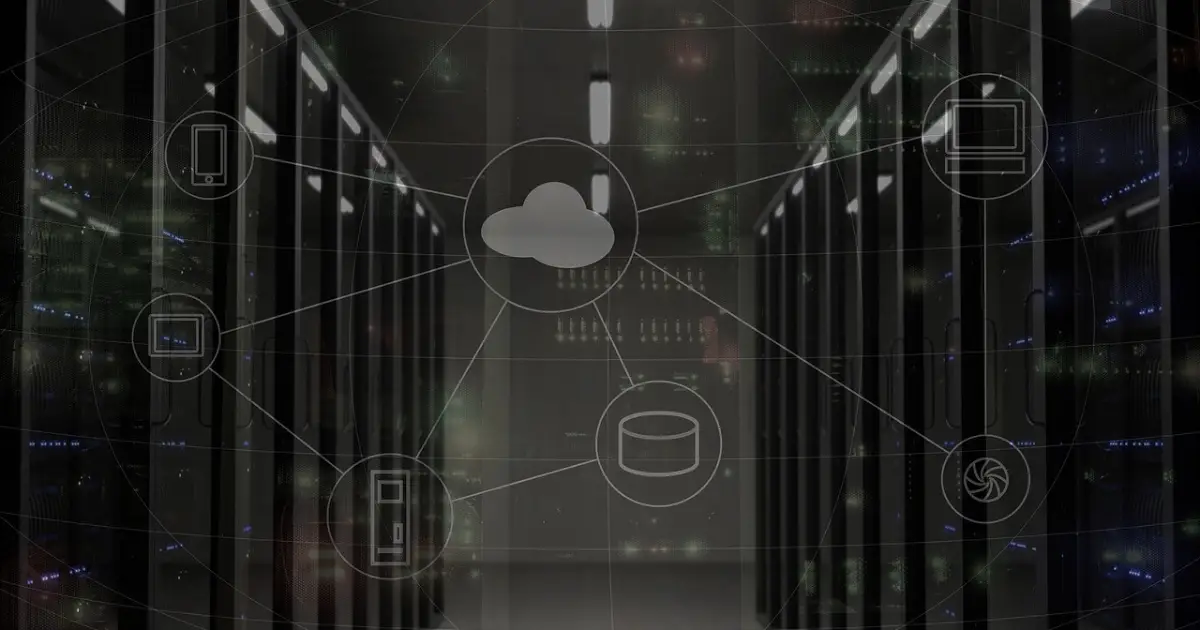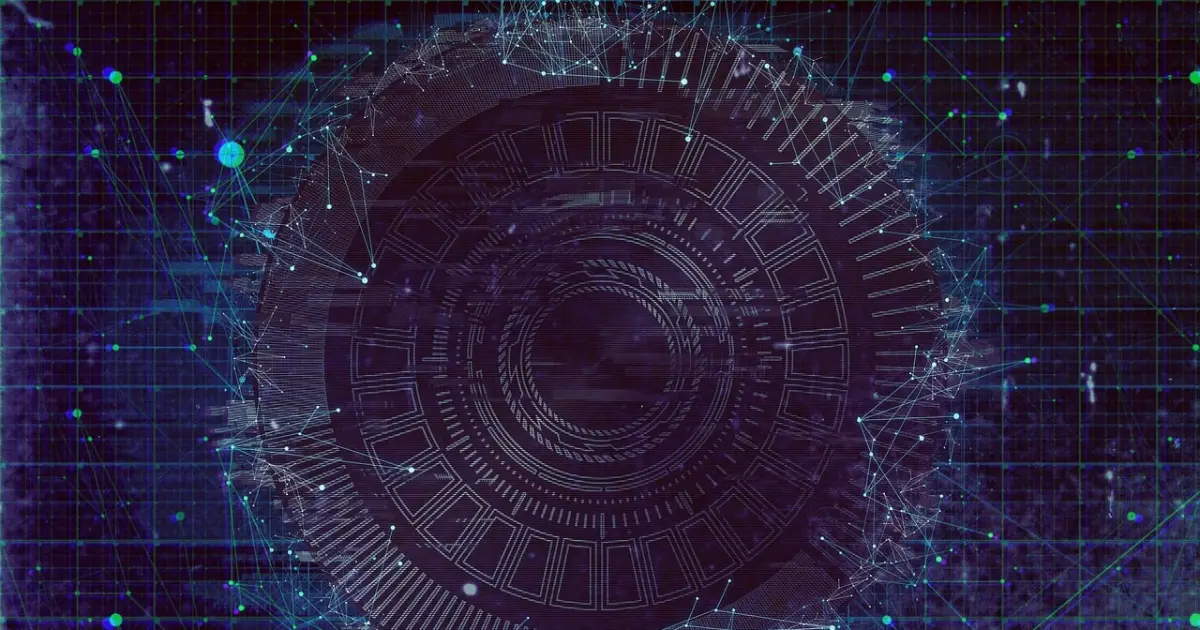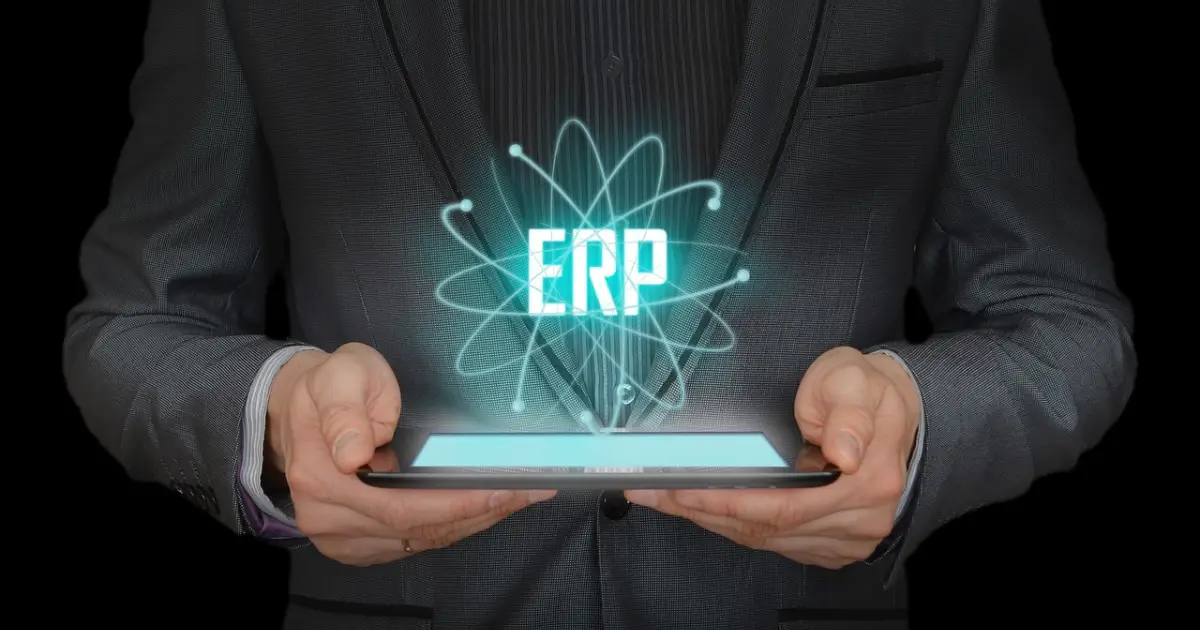focus notes


IoT is the Internet of Things! Explaining the mechanism, what can be achieved, and implementation examples
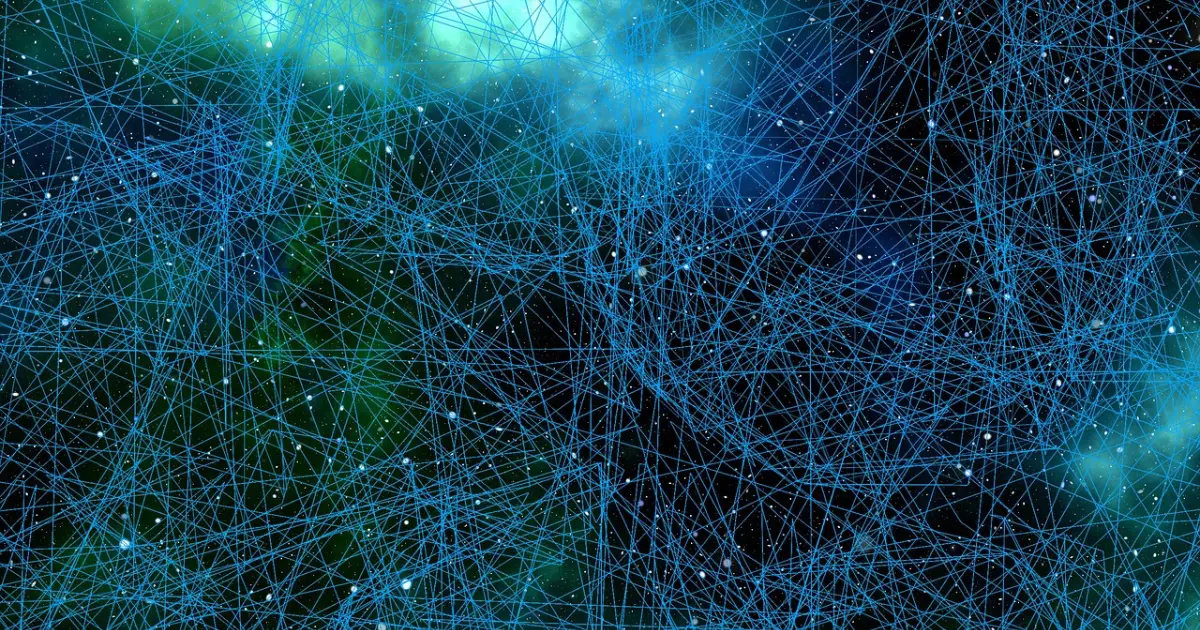
table of contents
“What is IoT?”
"I want to know what can be achieved with IoT"
I'm sure there are many people who don't know exactly what IoT is and have questions like these. IoT is a technology that connects and utilizes things with the Internet.You can remotely issue instructions to objects and accurately grasp the condition of objects through the Internet. This allows machines to replace humans in situations that previously required direct human operation or relied on human experience.
By enabling automation and leveling with IoT, various issues such as improving business efficiency can be resolved. On the other hand, it must be noted that IoT has issues such as high power consumption and the need for security measures.
This article explains the meaning and definition of IoT, how it works, what it can achieve, challenges, implementation examples, and frequently asked questions about IoT technology. Please refer to it if you want to deepen your understanding of IoT.
How does it work? IoT is the Internet of Things.
I will explain what exactly IoT is in the following two sections.
- What is IoT? Brief explanation of meaning, definition, and official name
- Easy-to-understand explanation of how IoT works
What is IoT? Brief explanation of meaning, definition, and official name
IoT is an abbreviation for "Internet of Things" and refers to a system that connects various things to the Internet.
Previously, only computers such as personal computers and servers could connect to the Internet. As IT technology advances, computers have become smaller, making it possible to incorporate computers into objects used in a variety of situations. As a result, more and more objects that can connect to the Internet are appearing.
Products that connect various everyday objects such as home appliances and cars to the Internet are called IoT devices. For example, with IoT devices, you can remotely control the lights in your home using your smartphone. IoT devices are being incorporated into various settings such as homes and workplaces, contributing to improved convenience.
Please refer to the article below for specific examples of IoT.
10 concrete examples of IoT! It is used not only in everyday products but also in agriculture and medicine.
Easy-to-understand explanation of how IoT works
IoT equips devices with communication devices, sensors, etc., and allows them to operate according to instructions via the Internet.The following five elements are mainly required for an IoT system.
| element | Features |
|---|---|
| device | Equipped with communication functions and sensors to connect to the Internet |
| network | Communication path between devices. Collected data is sent through the network |
| gateway | Doorway connecting things and networks |
| server | Accumulate, analyze, and process data collected by devices |
| application | System control |
IoT devices are basically equipped with communication functions to connect to the Internet and sensors to receive commands. There are various types of sensors, including those that respond to images and sounds.
The data acquired by the sensors is stored in a server or cloud via a network. At this time, a gateway relays and converts the data, bridging the gap between different networks and devices.
Data collected by IoT devices is stored, analyzed, and processed on the cloud. The data is then sent to the application, which operates the device as instructed. Depending on how data is used, it may be possible to create new services or use it to solve problems.
Please refer to the article below for details on IoT gateway.
IoT gateway is a communication relay device! Explaining the mechanism and examples of implementation in industry
Explaining what can be achieved by introducing IoT
There are four main things that can be achieved by introducing IoT:
- Manipulating things
- Understand the status of things
- Detect the movement of things
- Communicate between things
operate things
By introducing IoT, you will be able to control things.Since instructions can be sent via the Internet, you can operate the device remotely without having to operate it directly.
For example, in addition to operating the lights mentioned earlier, you can also use your smartphone to open and close the front door of your home. Operate your smartphone to issue instructions to the device, and the device executes the instructions via the Internet. This way, you can operate it on the go.
In addition, for industrial applications, it may be possible to remotely move factory equipment or operate security cameras. If there is an abnormality in factory equipment, a message can be sent to the equipment owned by the administrator.
What used to be possible to operate and monitor equipment directly on-site can now be done remotely, which will lead to improved operational efficiency and productivity.
Understand the status of things
The introduction of IoT makes it easier to understand the status of things.You can understand the status of things by acquiring information with sensors and analyzing the information stored on the cloud.
In IoT, sensors detect and accumulate data on the movement and usage of things. For example, vital signs such as a person's breathing and pulse can be measured using IoT. This will allow doctors to accurately assess the patient's physical condition.
The ability to understand the status of things is also used for infrastructure maintenance and management. When transportation infrastructure such as roads and bridges deteriorates, it can cause accidents and traffic jams. However, regular inspections and maintenance take time and effort, and it is also necessary to secure personnel with specialized knowledge. However, by understanding the status of things using IoT, it is possible to maintain a certain level of quality while significantly reducing the time and effort that would previously be required.
Detect the movement of things
IoT can detect the movement of things.Sensors installed in the device allow us to obtain data about the device's operation. Sensors installed in IoT devices can obtain the following information.
- sound and light
- temperature
- movement of people or objects
For example, if IoT devices are installed on heavy equipment or workers' clothing at a construction site, sensors will allow them to know where things are and who is there in real time. Based on this data, it can be used to review processes with poor work efficiency and change material storage locations to locations where work can be done more efficiently.
Furthermore, by combining motion detection and remote control, even if a problem or abnormality occurs, it will be possible to deal with it from a remote location. This will allow us to respond more accurately and efficiently to irregular situations.Communicate between things
With the introduction of IoT, communication between things is also possible.Objects can communicate with each other via the Internet and operate based on the communicated content.
For example, conventionally, to operate an office air conditioner, a person would be present and use a remote control to turn it on, turn it off, change temperature settings, etc. However, with IoT, data acquired by temperature sensors in office buildings can be automatically sent to air conditioners, and the temperature can be changed based on the received data. Things that were previously operated by humans can now be automated through communication between things. This makes it possible to automatically maintain a comfortable temperature without any human intervention.
Even in situations where different people may make different decisions, IoT allows them to make decisions based on accumulated data. Also, depending on how it is used, it can make decisions and activate them faster than humans can, so it can be very useful when a quick response is required.
For more details on the benefits of using IoT, please refer to the following article.
What are the benefits of IoT? Introducing it will improve the efficiency of your work and data collection!
Challenges of IoT (internet of things)
IoT has two challenges:
- Demand for power-saving IoT devices
- Security measures are required
Please refer to the article below for details on IoT issues.
IoT issues (issues) include security measures and power supply! Explanation of the benefits of introduction
Demand for power-saving IoT devices
Power-saving IoT devices are required to realize an environmentally friendly IoT.IoT requires a lot of electricity for long-distance communication, operating on-board sensors, data communication, etc.
As power consumption increases, the burden on your electricity bill increases proportionately. Although it may not be a huge burden for one device, if you install multiple devices, it could become a burden that cannot be ignored. This can be a major challenge when implementing it in industrial applications, as it increases the cost burden.
Furthermore, if power cannot be secured for some reason, IoT devices may stop working. It is particularly important to be prepared for power supply cuts caused by natural disasters such as earthquakes and heavy rains. To ensure that devices can continue to operate even in emergencies when power is unavailable, it is essential to make them energy-efficient.
When introducing IoT devices, you should check the power consumption of the devices. In some cases, you may need to build a low-power network such as NB-IoT. It is recommended that you consult with your provider for details.
Security measures are required
Another issue is that IoT devices require security measures.Since it connects to the Internet, there is an unavoidable risk of cyber attacks. In fact, there is the following case where an American company suffered a cyber attack.
[Dyn (USA)]
・A DDoS attack reportedly reaching 1.2 Tbps occurred against Dyn's DNS server from approximately 100,000 IoT devices infected with Mirai* and involved in the attack.- Various major client sites around the world (Twitter, Netflix, Spotify, UK government websites, etc.) experienced intermittent access issues for several hours.
* Mirai is malware that automatically infects IoT devices and has functions such as executing DDoS attacks using the infected devices as a springboard in response to instructions from the attacker.
Source: Ministry of Internal Affairs and Communications | Current status and issues related to cyber security, etc. October 2017 | Page 2 (as of January 10, 2024)
A DDoS attack is a cyber attack that causes a large amount of access to a server, making it unusable. This attack used IoT devices infected with computer viruses, collectively known as malware.
In this way, connecting to the Internet for communication increases the risk of information leakage due to hacking from outside the Internet or computer virus infection. There is also a risk that the programs of IoT devices could be tampered with by cyberattacks, such as by targeting gaps in the process of resolving the situation after an alert occurs.
Security must be strengthened to prevent cyber attacks. In addition to preventing intrusion from outside, computer virus countermeasures are also essential. Additionally, new cyber attack techniques are emerging one after another, so regular updates will be required.
However, it is not as easy to take measures such as installing and updating security software for IoT devices as it is for PCs. Because it is difficult to take countermeasures against new threats, they tend to become easy targets for cyberattacks.
There are ways to do this, and one example of a countermeasure is data encryption. Even if data is stolen, it is converted into a format that cannot be read unless it is decrypted, and only those with a specific key can decrypt and view the original data. We recommend that you consult a specialist.
Please refer to the following article for details on IoT security.
What is IoT security? Also explains countermeasures, operational rules for connection, etc., and equipment.
Useful for business! Explaining IoT implementation examples
We will explain four examples of IoT implementation.
- Examples of implementation in agriculture
- Example of implementation in a factory
- Examples of implementation in manufacturing industry
- Examples of use in logistics
For details on introducing IoT, please refer to the article below.
Let's introduce IoT! Explanation of procedures, benefits (effects) for business, issues, and examples
Examples of implementation in agriculture
There are examples of IoT devices being introduced in agriculture.
Introducing the “Commute Farming Support System”...
① Temperature control of the greenhouse ○ Raising rice and onion seedlings → Determining whether to open or close the side windows of the greenhouse○Anthurium → Turning on/off heating, determining the impact of earthquakes on equipment
② Irrigation management ○ Raising strawberry seedlings and Gypsophila cultivation → Judging the amount of water and irrigation equipment settings
Source: Agriculture, Forestry and Fisheries Technology Council | Empirical research on radioactive material countermeasures for recovery from the nuclear accident | Page 17 ( as of February 21, 2024)
By automatically maintaining temperature conditions suitable for growing rice and onion seedlings, germination rate and growth rate can be optimized. By automatically opening and closing the side windows of the greenhouse, you can appropriately adjust the temperature and humidity inside the greenhouse and keep the plants healthy.
In addition, proper moisture management maintains the health of cultivated plants and can be expected to improve yield and quality. Since the optimal watering timing and amount can be automatically adjusted according to the plant, problems caused by human error may be reduced.
Please refer to the article below for details on IoT introduction cases in agriculture.
IoT can also be used in agriculture! Explanation of smart agriculture, reasons why it should be introduced, and examples of successful implementation
Example of implementation in a factory
This is an example from Germany, but by introducing it to a factory, the following effects can be achieved.
○International standardization of communication standards
○Share and analyze data in real time with the supply chain and customers
○ Enables equalization of equipment utilization rate, high-mix low-volume production, early detection of abnormalities, demand forecasting, etc.
Source: Ministry of Economy, Trade and Industry | Reference materials collection ① Advanced examples from Japan and abroad | Page 13 (as of February 21, 2024)
International standardization of communications standards accelerates innovation by allowing developers to develop new technologies and services based on common standards. In addition, real-time data sharing enables optimization of inventory management, demand forecasting, and delivery throughout the supply chain, improving operational efficiency. Combining real-time data and advanced analytical technology may enable high-mix, low-volume production, allowing us to quickly respond to the diversifying needs of the market.
Please refer to the article below for details on IoT implementation examples in factories.
Introducing IoT to the factory! Explaining benefits such as data visualization and system usage examples
Examples of implementation in manufacturing industry
There are also cases where it has been introduced in the manufacturing industry.
<③Data analysis/learning>
A function for the quality control program computer of the production line to receive inspection result data representing the results of inspecting each of the predetermined inspection items on the product after the predetermined manufacturing process from the inspection equipment via the network, and to store it in the database. A function of receiving manufacturing condition data from manufacturing equipment via a network and storing it in the database in association with the test result data, A function that causes a neural network to learn the relationship between the manufacturing condition data and the manufacturing condition that caused the nonconformity using deep learning, a function that monitors the inspection result data accumulated in the database, and detects nonconformity inspection results through the monitoring. A quality control program for a manufacturing line for realizing a function of estimating manufacturing conditions that caused the nonconformity by using the trained neural network when the nonconformity occurs.
Source: Japan Patent Office | Regarding enhancement of case studies related to IoT-related technologies, etc. | Page 32 (as of February 21, 2024)
It may be a little difficult to understand, but to summarize, by combining data collection, learning, and analysis functions, it is possible to quickly identify quality issues. Such systems have the potential to significantly advance quality control in manufacturing. It may be possible to optimize the manufacturing process and improve quality at the same time.
Please refer to the article below for details on IoT implementation cases in the manufacturing industry.
Manufacturing industry is now IoT! Explaining smart factories, introduction benefits, and usage examples
Examples of use in logistics
There are also cases where it has been introduced in logistics.
Logistics example) Real-time tracking
Source: Japan Patent Office | Enhancing case studies on IoT-related technologies, etc. | Page 5 (as of February 21, 2024)
For example, by obtaining the exact location of a package or vehicle in real time, you can send highly accurate location information to your customers. This may improve customer satisfaction by providing visibility into delivery status. In addition, it is possible to significantly improve transportation efficiency by optimizing transportation routes, alerting people to traffic congestion and delays, and quickly determining alternative routes.
Please refer to the article below for details on IoT implementation cases in logistics.
IoT can also be used for logistics! Explaining industry challenges, benefits such as delivery efficiency, and implementation examples
Explaining frequently asked questions regarding IoT technology
We will explain the following two frequently asked questions regarding IoT.
- Please tell me the development cost of IoT.
- What is a beacon in IoT?
Please tell me the development cost of IoT.
IoT development costs range from several hundred million yen to several hundred million yen, as follows:
| Company Name | Development costs | Development method |
|---|---|---|
| Company A | Under 1 million yen | Outsourcing |
| Company B | Approximately 130 million yen | In-house development |
*Costs vary depending on development content and scale.
Costs vary depending on the content and scale of development, as well as whether you outsource or develop in-house. Therefore, it cannot be generalized. If you would like to know more about costs, please contact us.
What is a beacon in IoT?
A beacon in IoT refers to a device or technology that transmits a signal wirelessly.Beacons can transmit information about the location of the object they are installed on, and can also transmit data from the beacon to a receiving device.
One of the reasons why beacons are being used in IoT is the emergence of beacons that utilize BLE*, a type of Bluetooth.
*BLE (Bluetooth Low Energy) is a type of short-distance wireless communication standard.
BLE consumes less power and can obtain 3D pinpoint location information. The use of IoT has expanded due to power saving, which is an issue in IoT, and technology that can obtain more accurate location information of things.
In addition to acquiring location information, beacons can be used to send push notifications to smartphones. For example, if a customer in the store or nearby has a dedicated app installed on their smartphone, coupons and sale information can be sent to the app. This allows stores to conduct targeted marketing.
Please refer to the article below for details on IoT beacons.What is an IoT beacon? Explaining the benefits, differences from GPS, and usage examples
summary
IoT is a system that connects all kinds of things to the Internet and is used in a variety of situations.This technology is widely used in business because it allows you to grasp the status of things even when you are far away and allows you to operate them remotely. It will also help improve work efficiency and productivity because it can automate tasks that previously required human intervention.
However, IoT has issues such as high power consumption and difficulty in security measures. If it is difficult to secure electricity, there is a risk that IoT devices will not be able to be used, so it is important to understand these issues when introducing IoT.
If you have any IoT-related concerns, please feel free to contact us.
Achievements left behind
48 years since its establishment.
We have a proven track record because we have focused on what is important.
It has a long track record in both the public and private sectors.
Number of projects per year
500 PJ
Annual number of business partners/customers
200 companies
Maximum number of trading years
47 years
Total number of qualified persons
1,870 people



